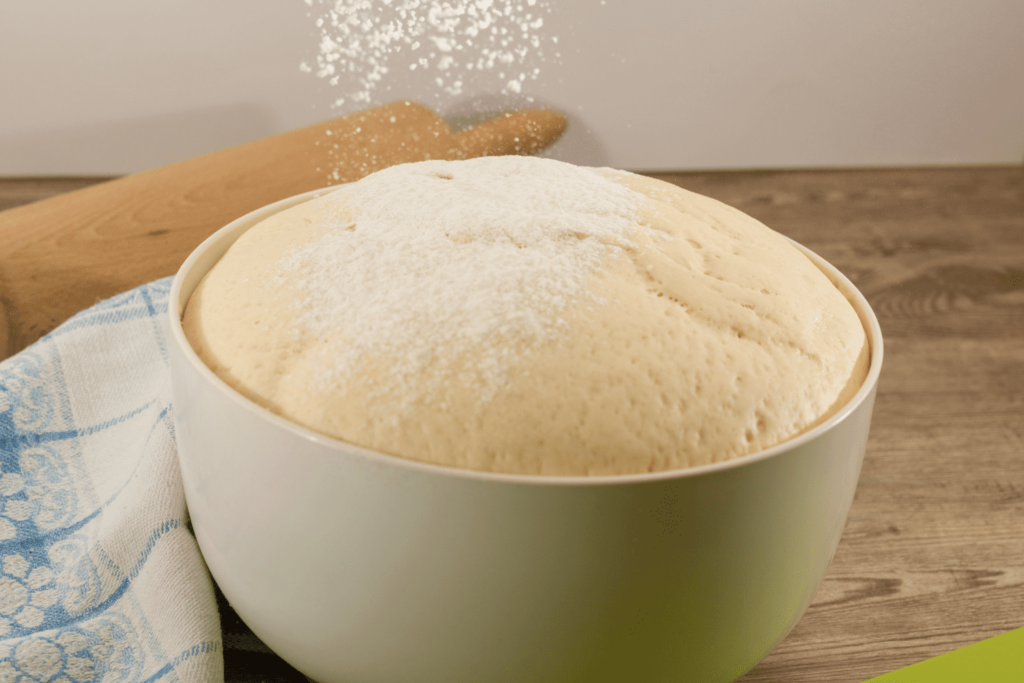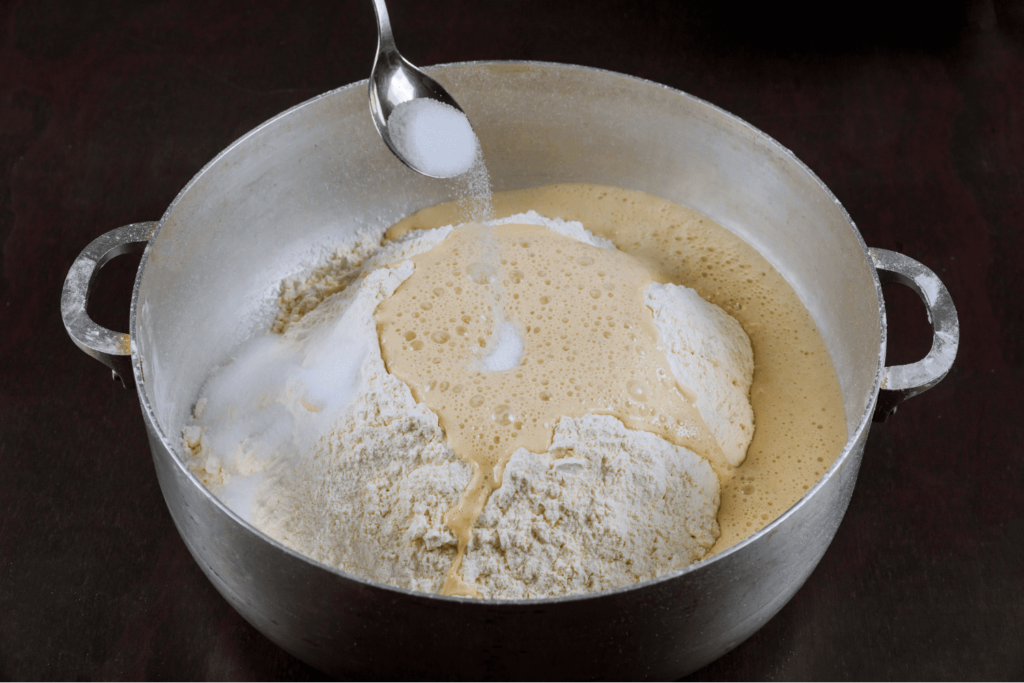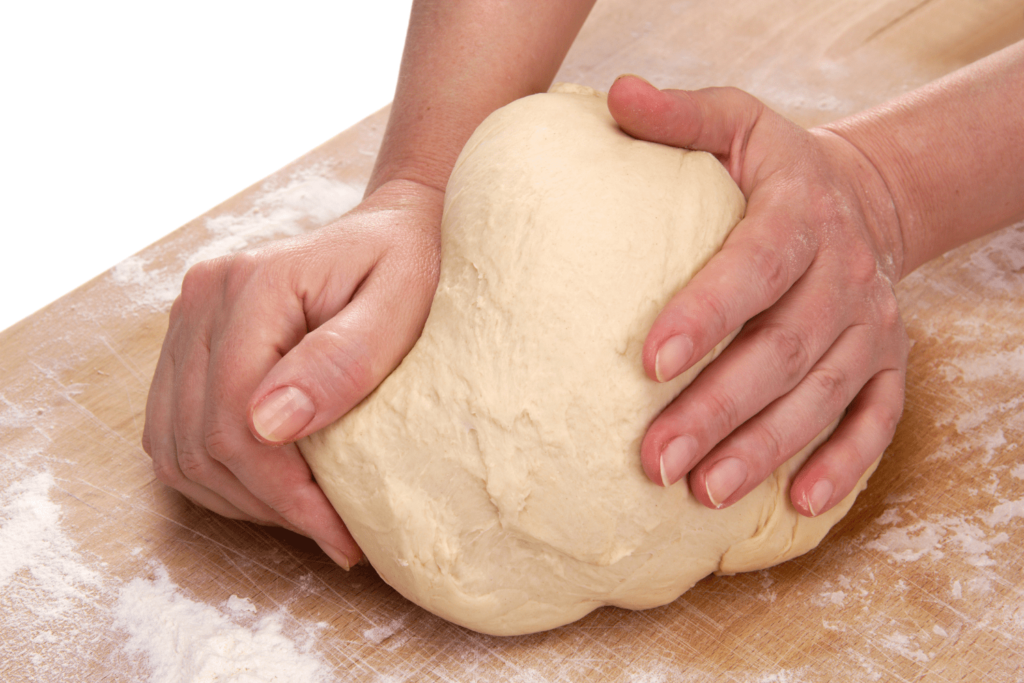When it comes to baking bread, one might wonder: Does salt kill yeast? Yeast plays a crucial role in the fermentation process that leavens the dough and gives it that light and airy texture. However, there are several myths and misconceptions surrounding the use of salt in bread baking. In this article, we will dive into the topic and explore whether salt kills yeast in bread, the benefits of salt in bread-making, and how to adjust salt levels in your bread recipes.
Salt is a key ingredient in bread baking, as it contributes to the overall flavor, texture, and shelf life of the bread. It enhances the taste, balances the sweetness, and even helps to control the fermentation process.
Yeast and gluten development are closely intertwined in the bread-making process. Salt affects gluten formation by strengthening the protein structure. This leads to improved gas retention, resulting in a lighter and more elastic crumb. Without salt, the dough may become too slack and lose its shape during fermentation.
Why does salt kill yeast in bread?
Contrary to popular belief, salt does not kill yeast in bread dough or pizza dough. In fact, yeast is relatively resistant to salt and can tolerate certain levels without any adverse effects. However, extremely high levels of salt can slow down yeast fermentation and affect the overall rising process.

How does salt kill yeast?
Salt regulates the fermentation process by controlling the activity of yeast and bacteria in the dough. It helps to slow down the fermentation rate, allowing the dough to develop more complex flavors and better texture. Additionally, salt strengthens the gluten structure, resulting in a better crumb and improved shelf life.
How much salt will kill yeast?
The amount of salt that can potentially kill yeast depends on various factors, such as the type of yeast, the concentration of salt, and the duration of exposure. However, it’s important to note that the commonly used amounts of salt in bread recipes are unlikely to kill yeast. In fact, salt is generally added to bread dough in moderate quantities to regulate yeast activity and enhance the overall flavor.
To provide an example, let’s consider a standard bread recipe that calls for 500 grams of flour and 10 grams of salt. This ratio corresponds to a salt content of 2% of the total flour weight. Such a level of salt is commonly used in bread-making and is well-tolerated by yeast.
In order to significantly inhibit yeast activity, you would typically need to use a substantially higher concentration of salt, much beyond the usual amounts used in bread recipes. Additionally, the yeast would need to be in direct contact with the concentrated salt solution for an extended period of time.

Read also: How Much Yeast Is In A Packet?
Tips to use salt and yeast in baking
Here are some helpful tips for using yeast and salt to make bread:
- Handling instant, dried yeast: When using instant, dried yeast, it is recommended to add it to one side of the bowl, while placing the salt on the other side. This helps to prevent direct contact between the yeast and salt until they are mixed together with the other ingredients.
- If you’re using dried yeast, it’s advisable to mix it separately with water before adding it to the flour and salt mixture. This step allows the yeast to activate and dissolve properly, ensuring even distribution throughout the dough.
- In the case of fresh yeast, it is best to rub it well into the flour, similar to how you would incorporate butter when making pastry. This method helps distribute the yeast evenly and ensures proper activation.
- Mixing flour and salt: Once you have thoroughly mixed the flour and salt, or the flour, salt, and yeast, the flour acts as a buffer between the two. This buffering effect helps prevent any potential negative interaction between the salt and yeast.
- Adding liquid and making the dough: After the flour and salt (and yeast, if applicable) are combined, you can safely add in the liquid ingredients, such as water or milk. Proceed with mixing the dough thoroughly to develop gluten and achieve the desired texture.
Is there bread without salt?
Yes, there is a type of bread that is made without salt, commonly known as “salt-free bread” or “no-salt bread.” This bread recipe eliminates salt as an ingredient and relies on other flavor-enhancing ingredients to compensate for the lack of salt. Here’s a simple recipe for making salt-free bread:
Ingredients:
- 4 cups all-purpose flour
- 2 ½ teaspoons active dry yeast
- 2 tablespoons sugar
- 1 ½ cups warm water
- 2 tablespoons olive oil
- Optional: herbs, spices, honey, or molasses for flavor enhancement
Instructions:
- In a small bowl, dissolve the sugar in warm water. Sprinkle the yeast over the water and let it sit for about 5 minutes until foamy.
- In a large mixing bowl, combine the flour and any optional flavor-enhancing ingredients you desire.
- Make a well in the center of the flour mixture and pour in the yeast mixture and olive oil.
- Mix the ingredients together until a shaggy dough forms.
- Transfer the dough to a lightly floured surface and knead it for about 8-10 minutes until it becomes smooth and elastic.
- Place the dough in a greased bowl and cover it with a clean kitchen towel. Let it rise in a warm place for about 1-2 hours or until it doubles in size.
- Once the dough has risen, punch it down to release the air. Shape it into a loaf or divide it into smaller portions for rolls.
- Place the shaped dough onto a greased baking sheet or loaf pan. Cover it again and let it rise for another 30-45 minutes.
- Preheat your oven to 375°F (190°C).
- Bake the bread in the preheated oven for about 25-30 minutes or until it turns golden brown and sounds hollow when tapped on the bottom.
- Remove the bread from the oven and let it cool on a wire rack before slicing.

FAQs
Should I separate the yeast and the salt?
No, it’s not necessary to separate yeast and salt. They can be combined in the dough without adverse effects.
Can I decrease or eliminate the salt in bread?
Yes, you can decrease the amount of salt in your bread recipe, but it’s advisable to do so gradually and consider the impact on flavor and texture.
How to decrease salt in bread recipe?
If you want to decrease the amount of salt in a bread recipe, it’s advisable to do so gradually. Start by reducing the salt by a small percentage, around 25%, and assess the impact on the flavor and texture. Keep in mind that reducing salt may result in a slightly less flavorful bread, but it can still be enjoyable.
Does iodized salt kill yeast?
No, iodized salt does not kill yeast. The small amount of iodine added to iodized salt does not have a significant impact on yeast activity.
What kills baking yeast?
Baking yeast is killed at temperatures above 55.5°C (132°F). At around 60°C (140°F) and above, yeast experiences absolute kill, meaning it is completely destroyed and cannot continue to ferment or leaven the dough. Thus, high temperatures during baking can effectively kill baking yeast.
Conclusion
So, does salt kill yeast? While there is a common belief that salt can kill yeast, it is highly unlikely to occur in the majority of cases. Even when salt and yeast are mixed together for a short period of time, the yeast will still become active and effectively raise the dough.
Therefore, there is no need to worry about combining salt and yeast in bread-making. In fact, salt plays a crucial role in bread production by slowing down the rate of yeast activity, resulting in a more even and improved rise of the dough.
So, instead of stressing out about the interaction between salt and yeast, you can confidently continue making excellent bread. Rest assured that salt’s primary function in bread-making is to enhance the overall quality of the dough, rather than hinder the yeast’s performance.
See more recipes using yeast
- Soft and Airy Vietnamese Baguette (Banh Mi Baguettes)
- Vietnamese Banh Tieu Recipe (Hollow Donut)
- Japanese Pandan Bread Recipe with Banana